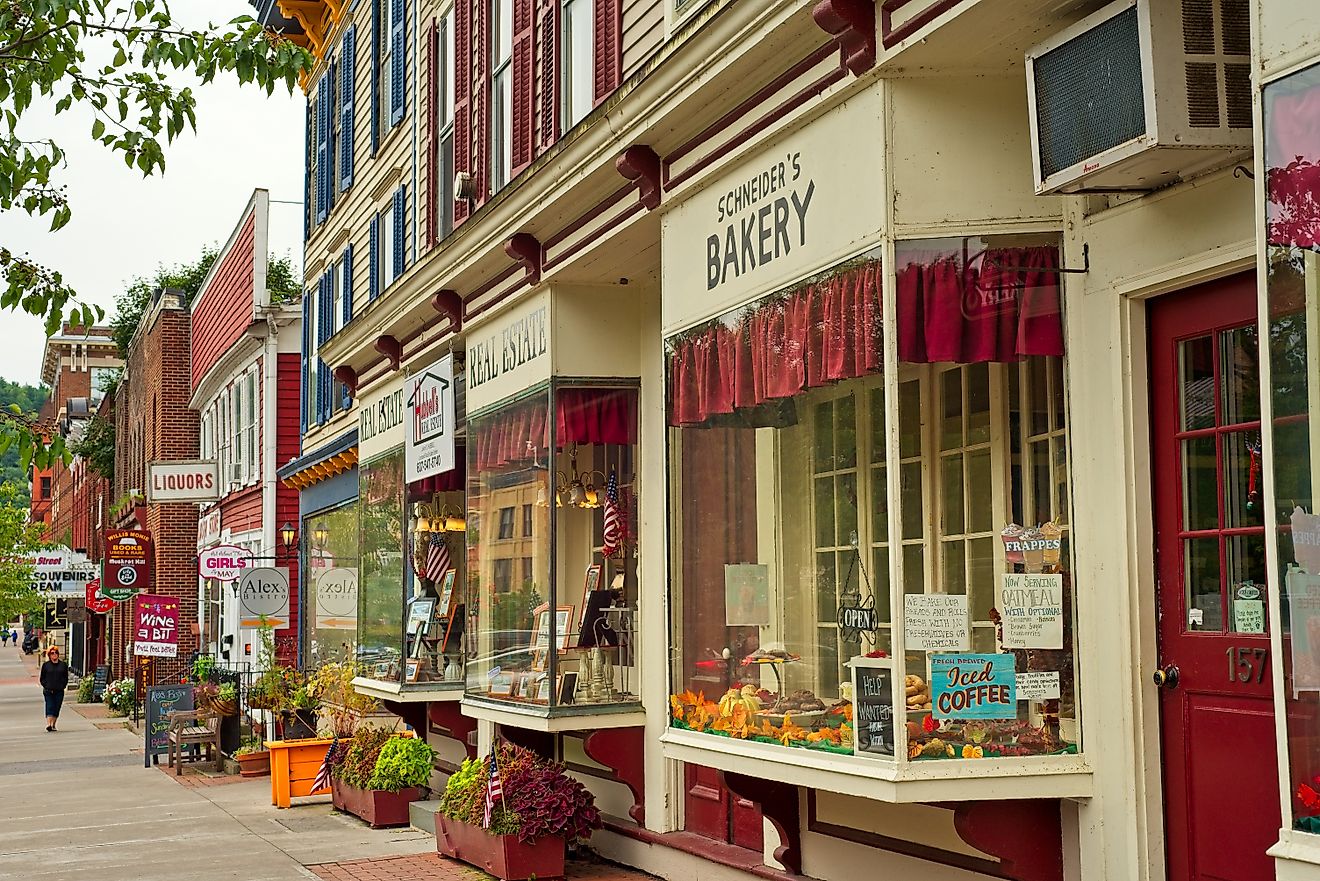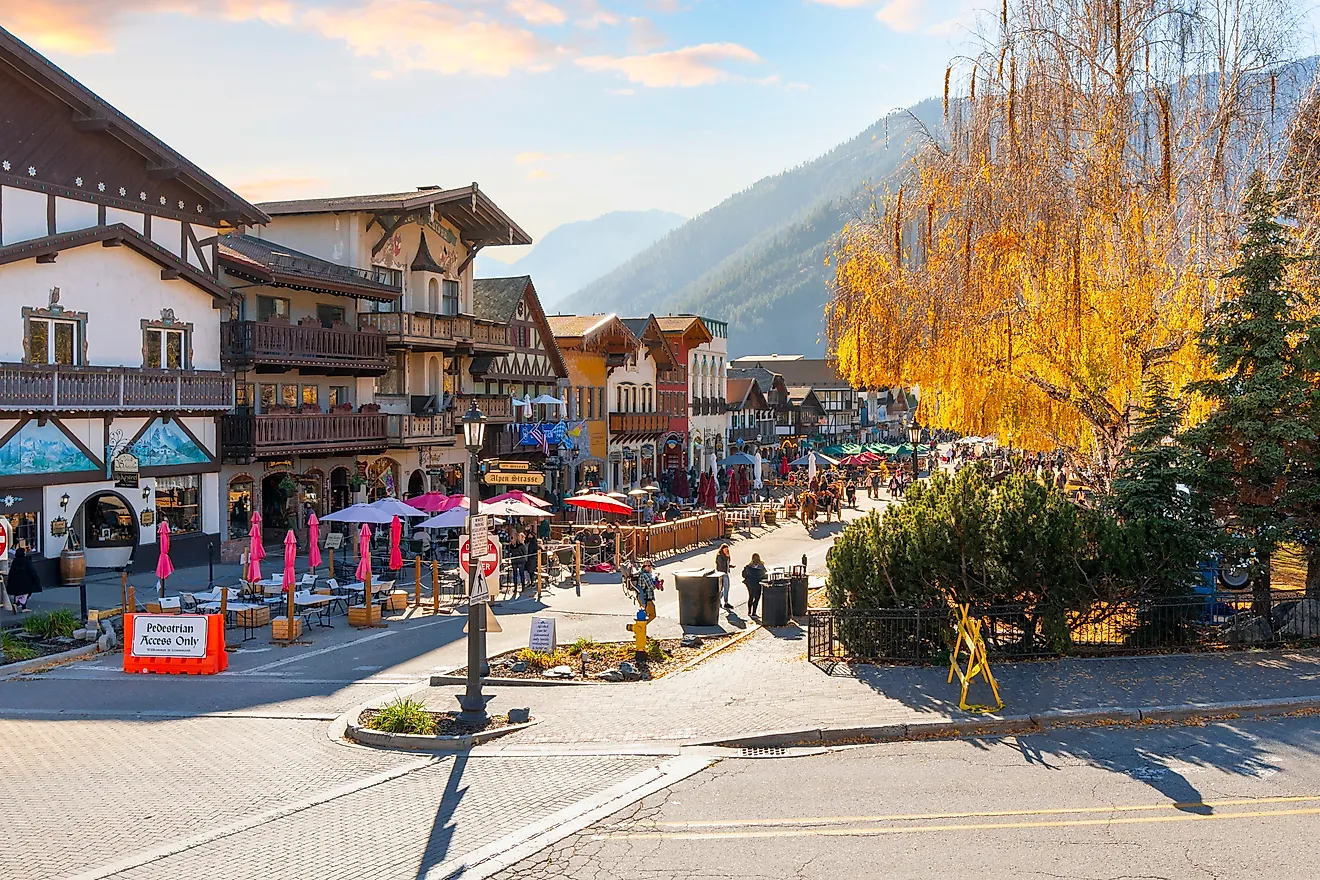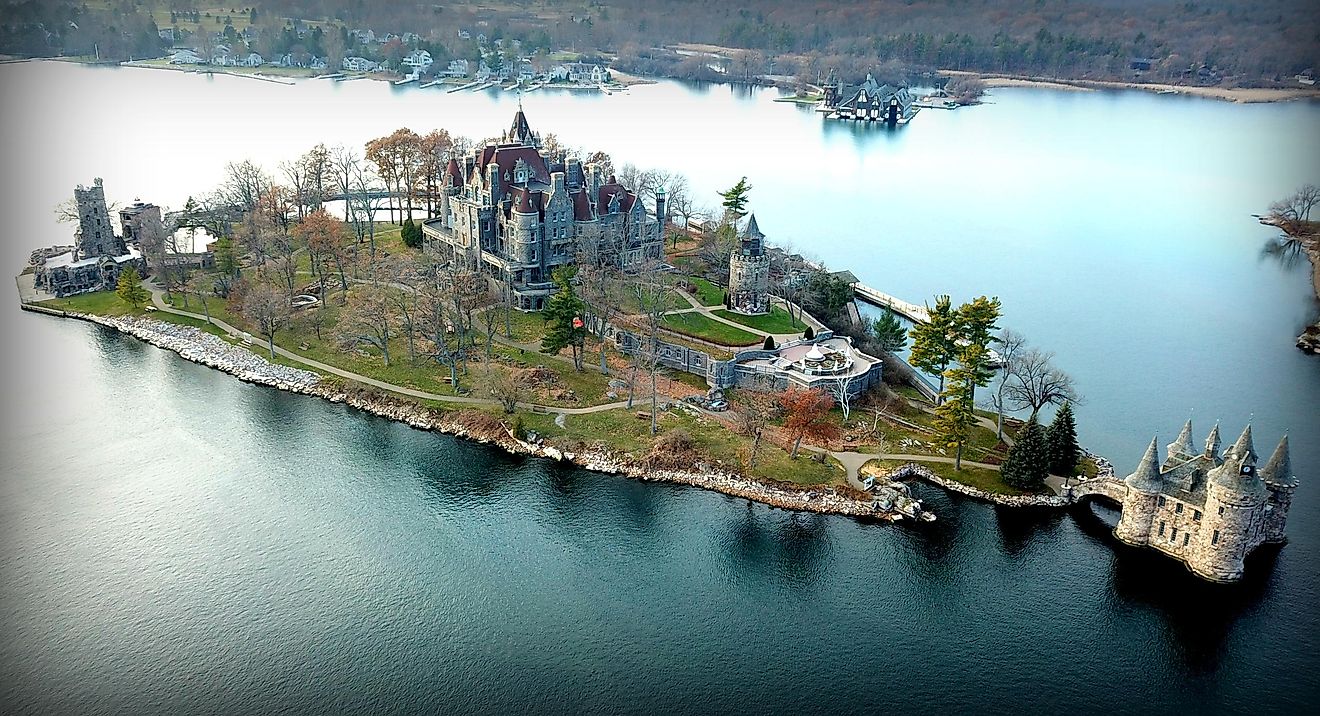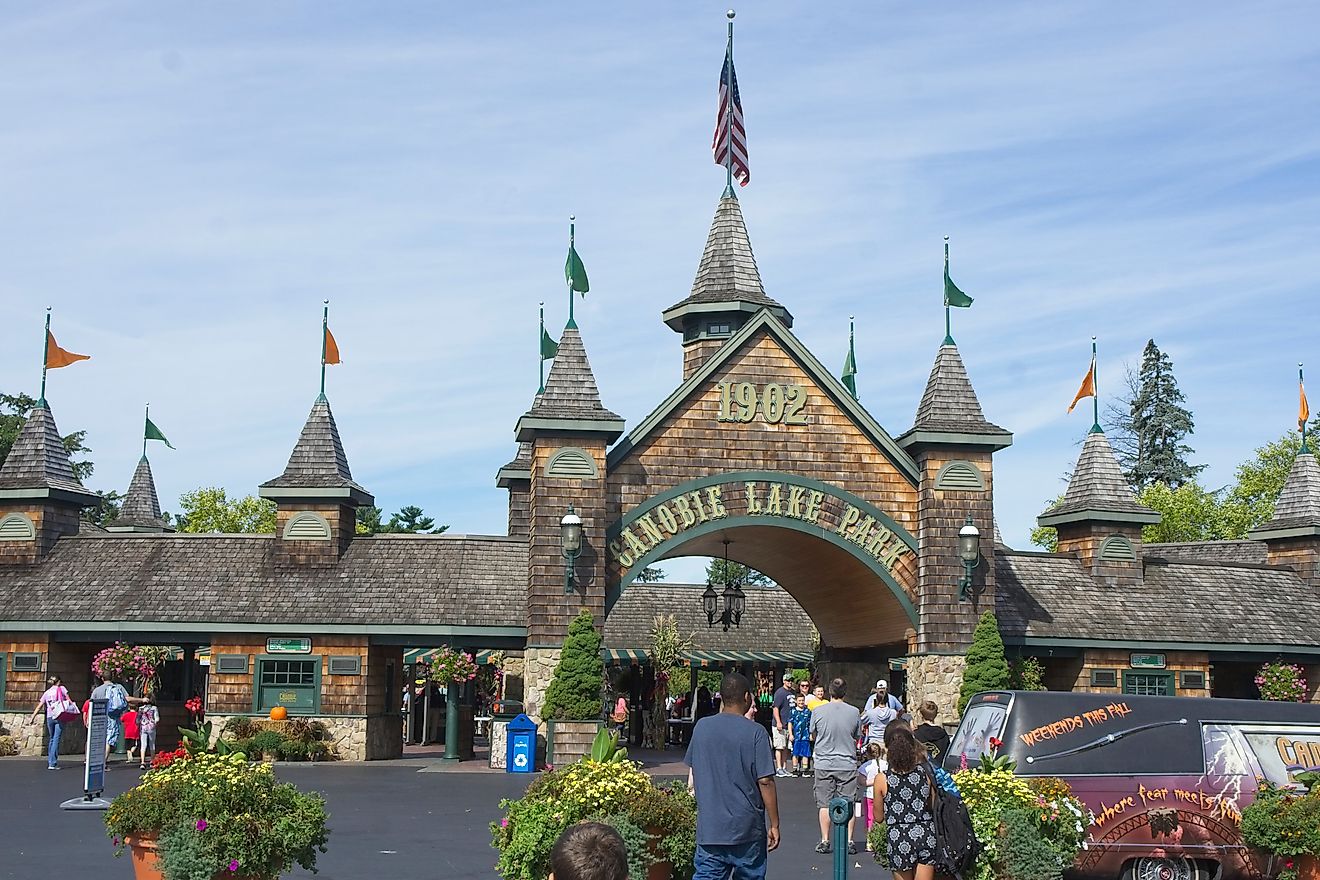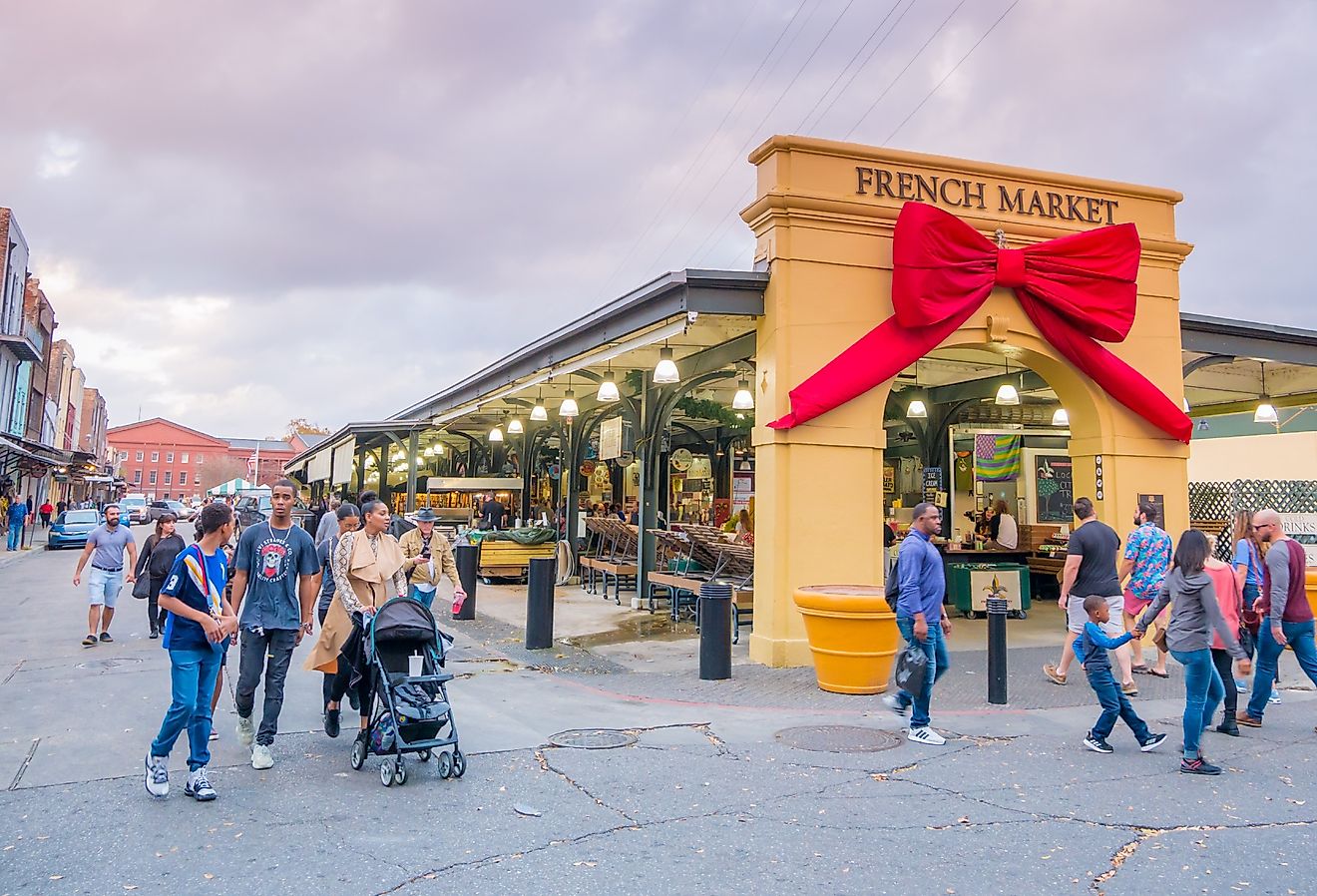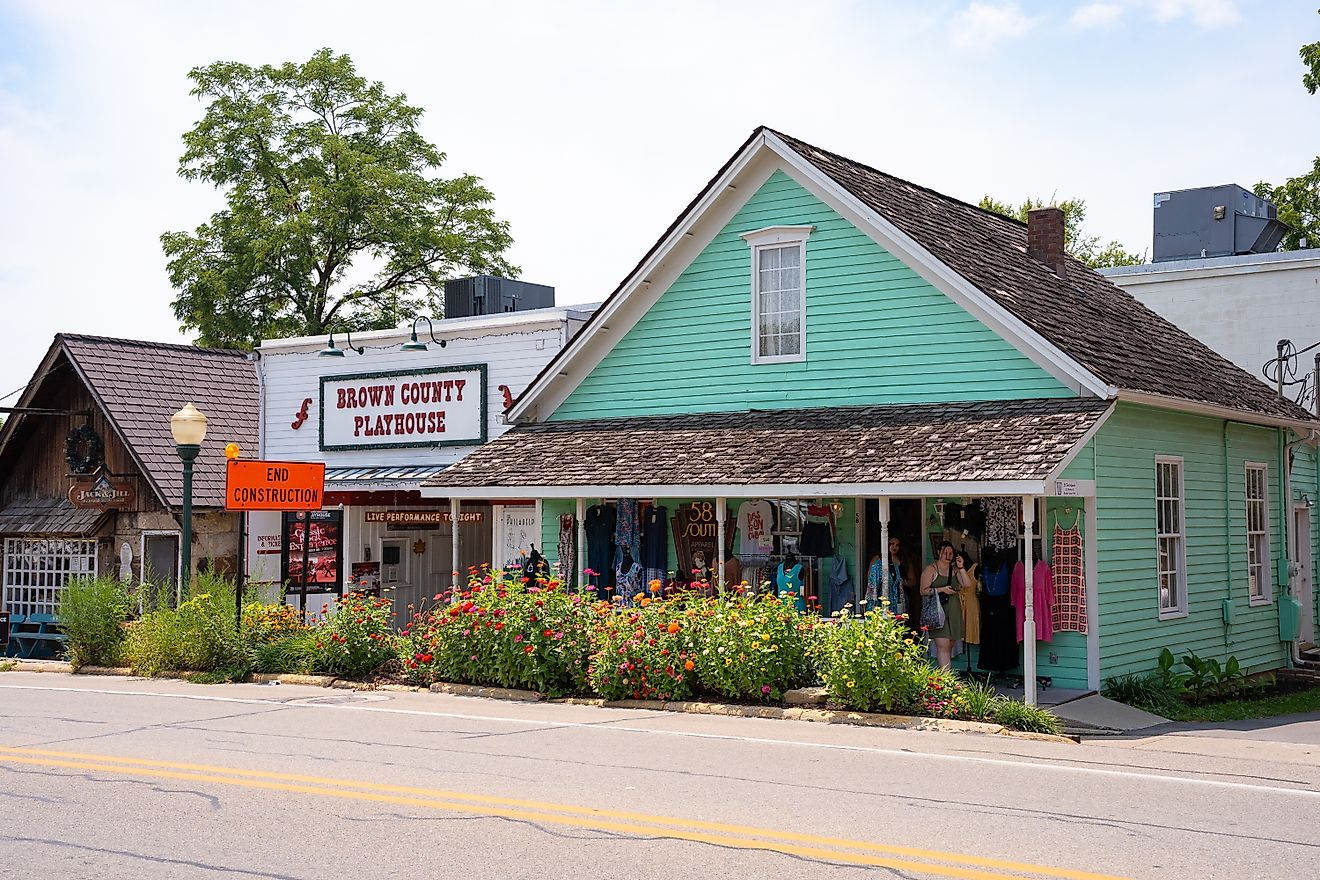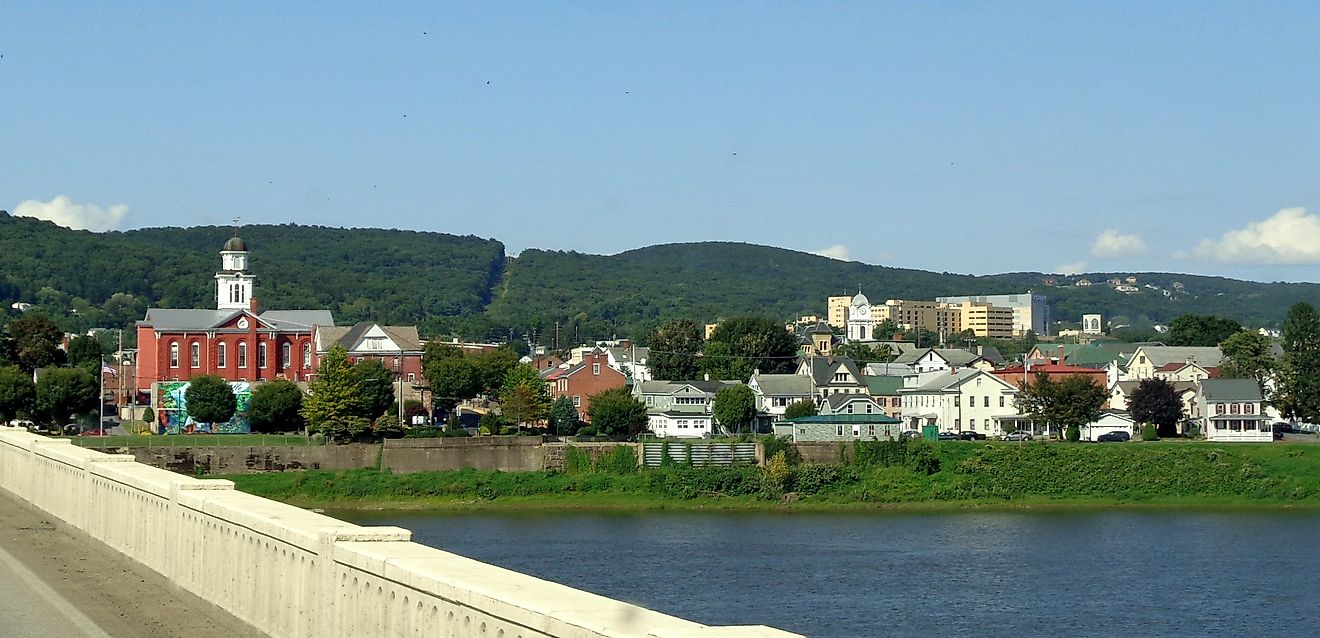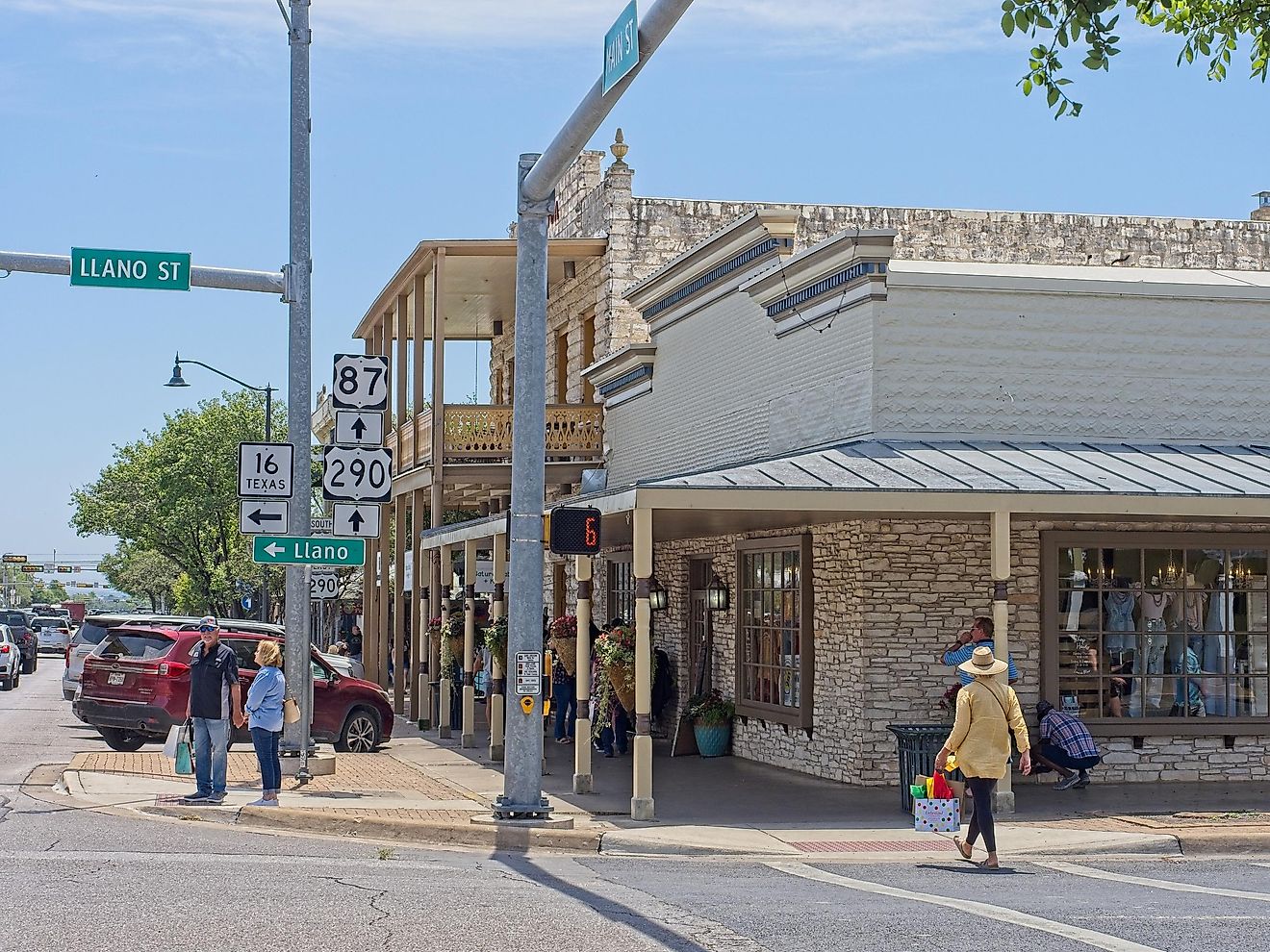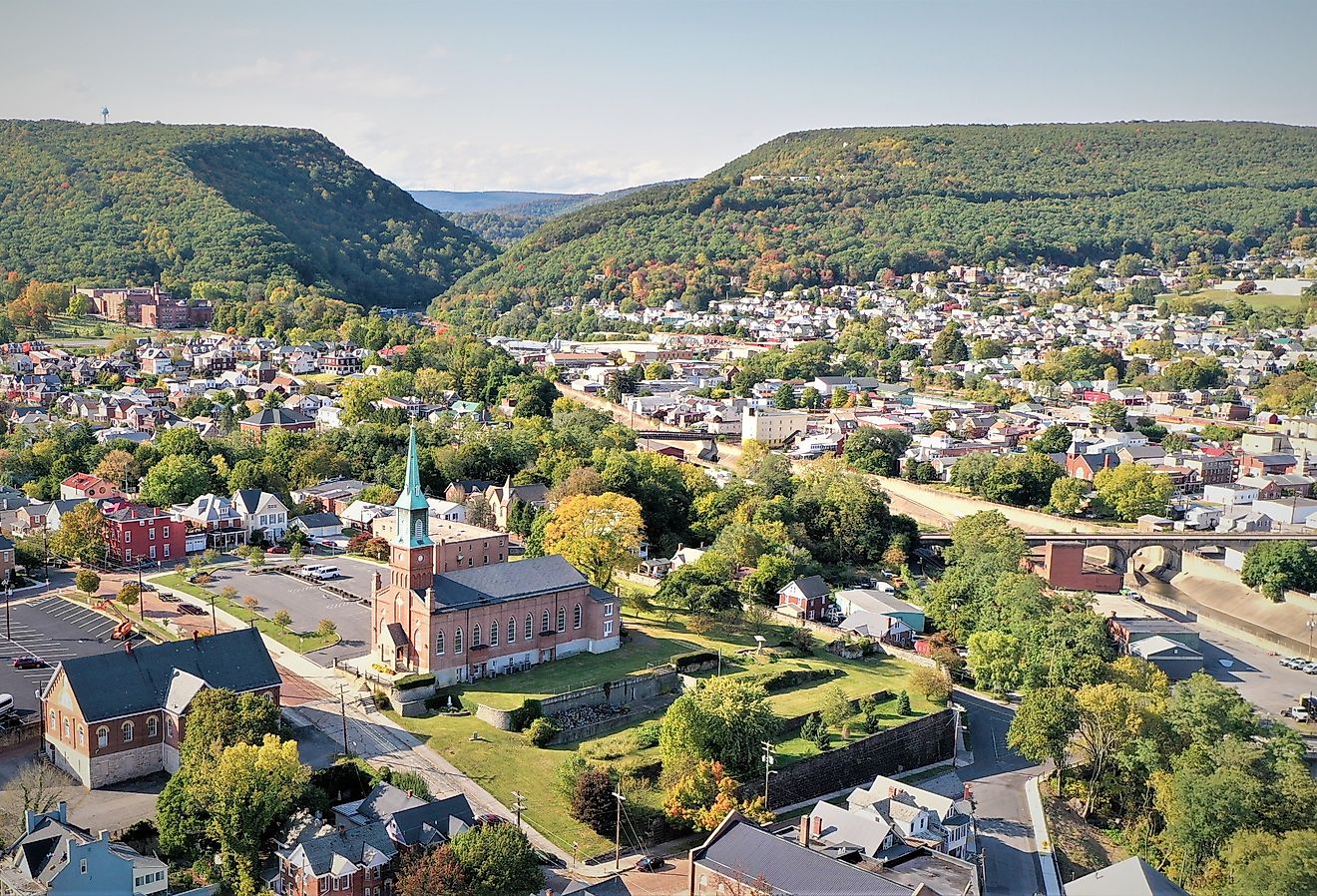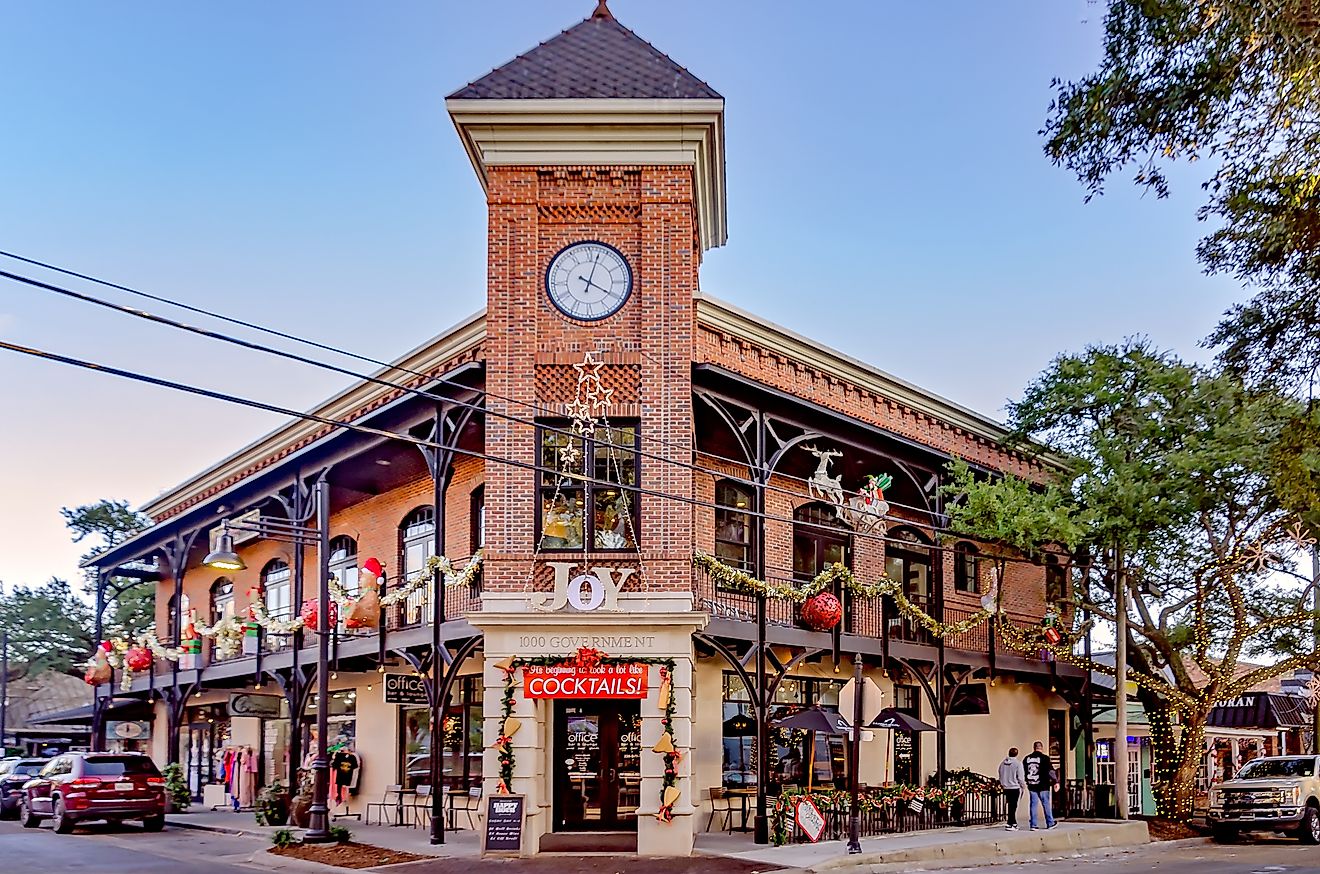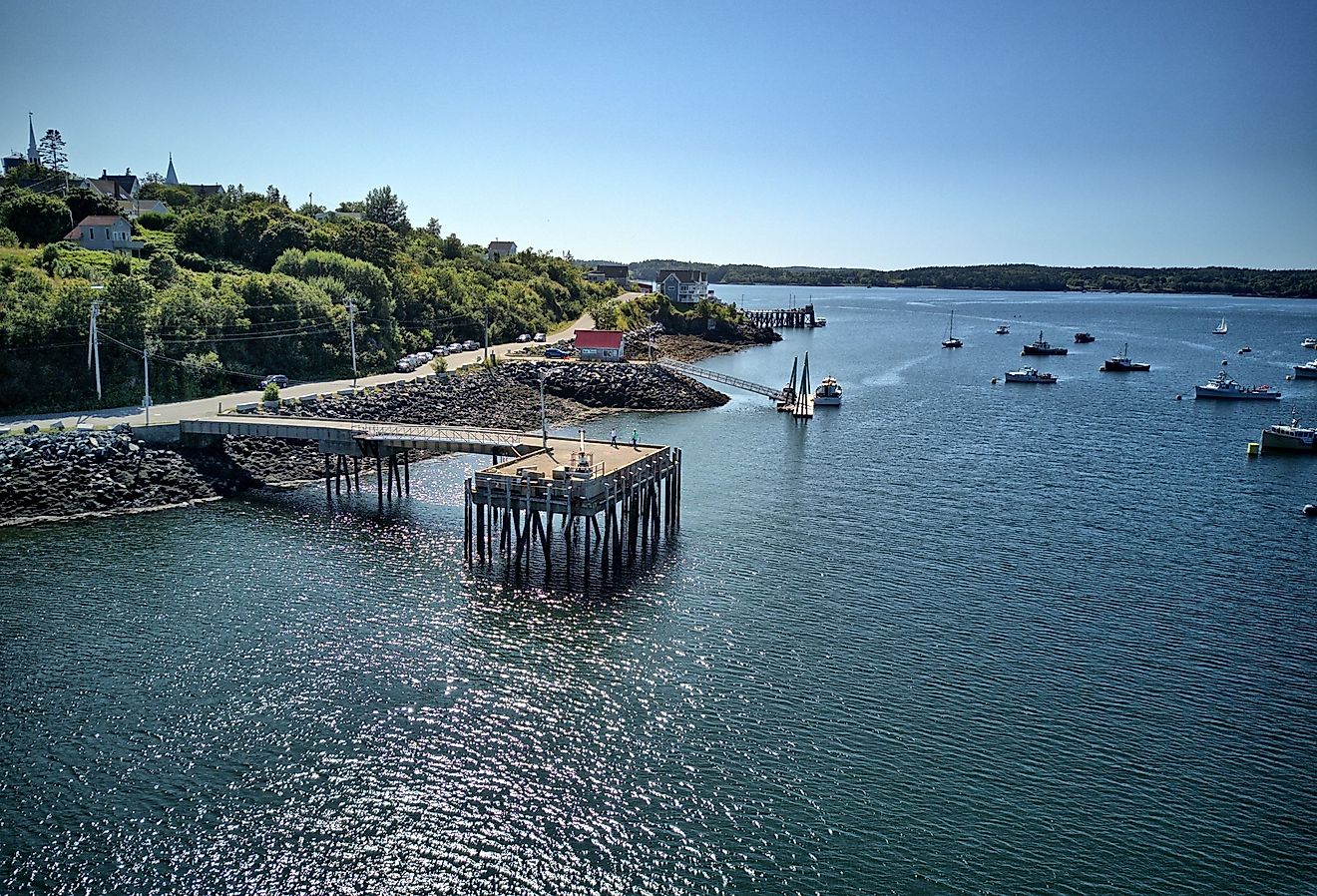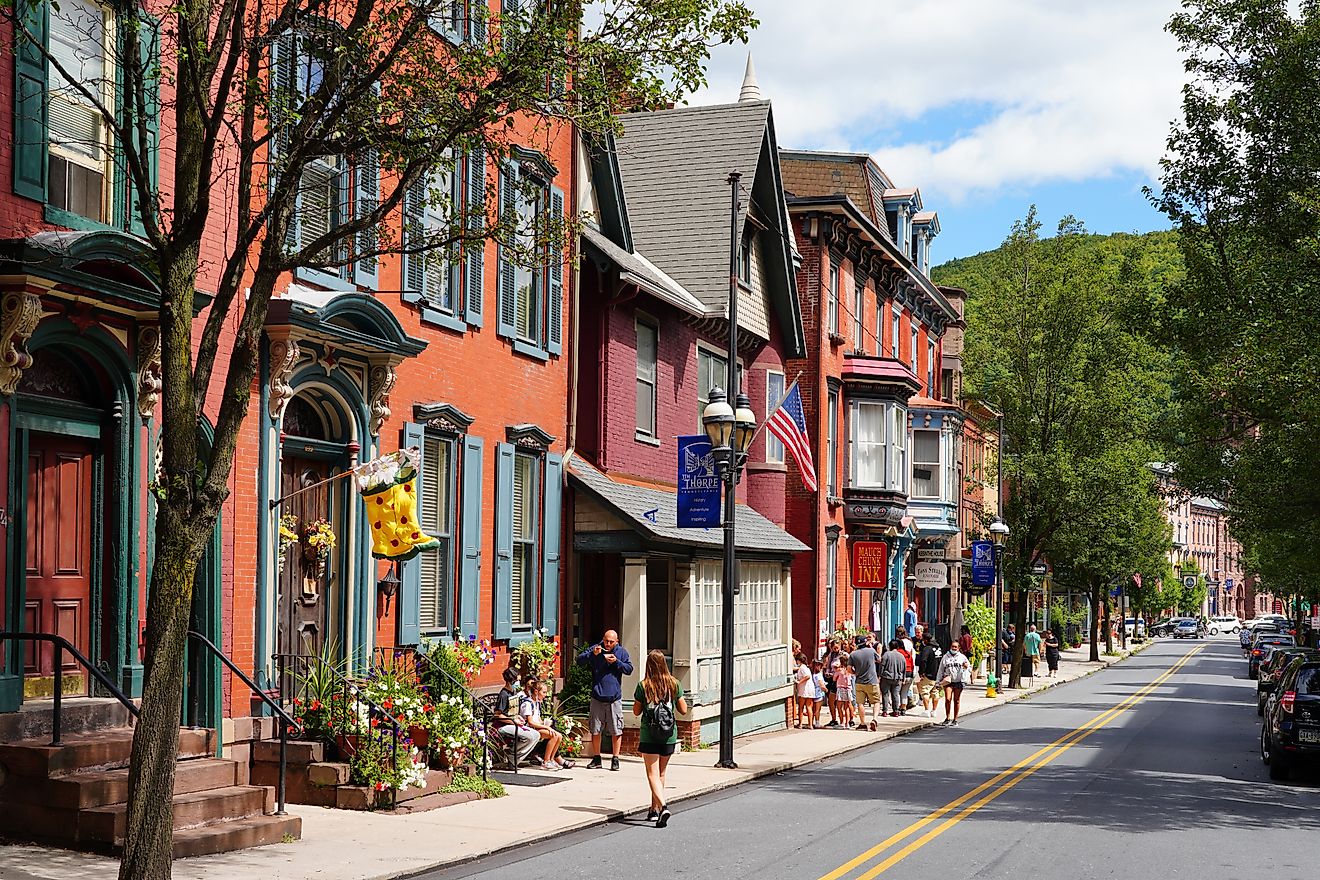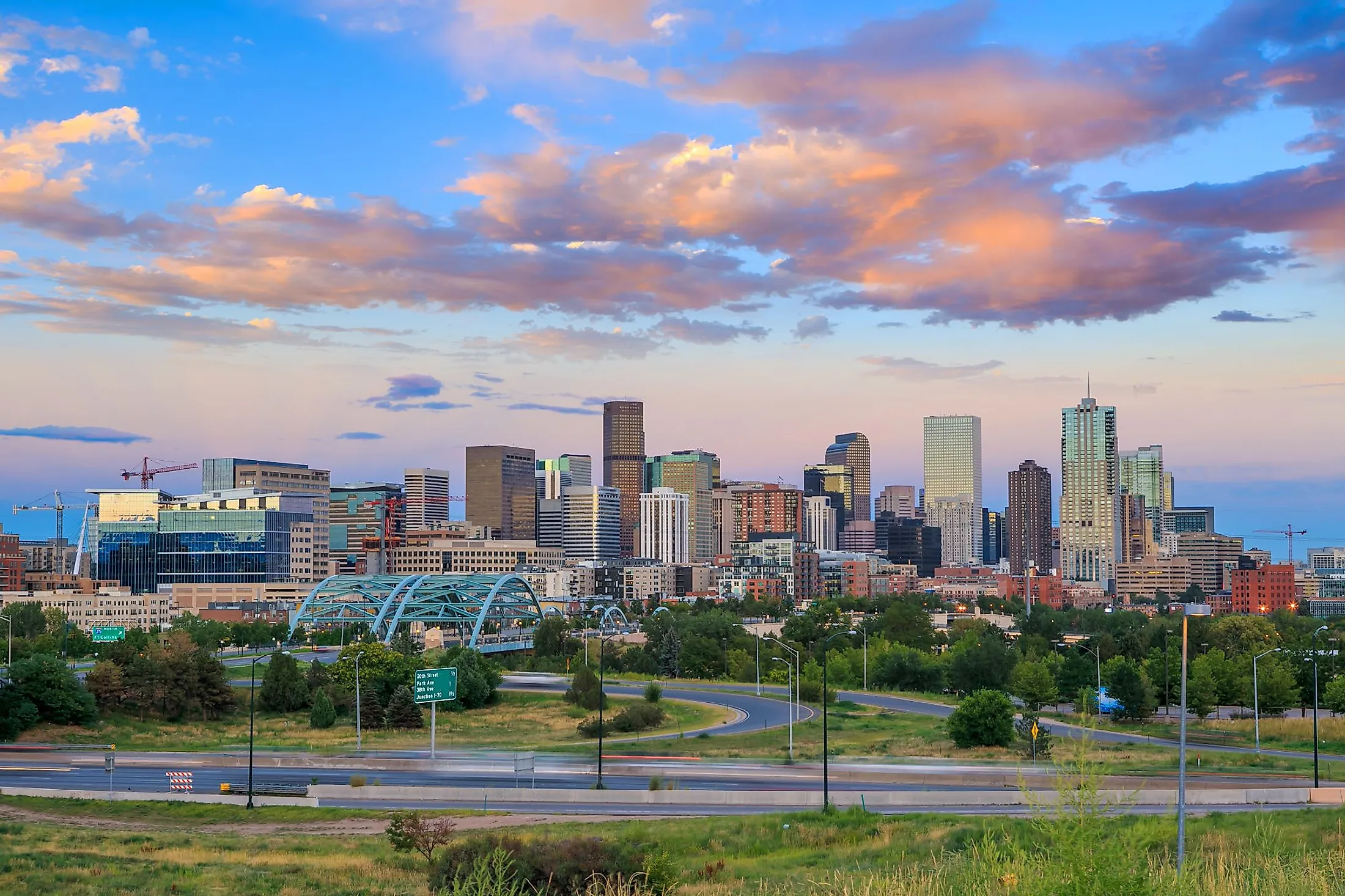
Denver, Capital Of Colorado
Denver is the urban jewel of eastern Colorado, combining sleek urban sophistication with the great outdoors in a breathtaking setting surrounded by the peaks of the Rocky Mountains. The state capital, Denver, is also the largest city in Colorado and, in fact, within about a 560-mile radius. The “Mile High City” got its nickname from fact: the 13th step on the west side of the Colorado State Capitol Building measures exactly one mile, or 1609.344 m, above sea level. Golf balls drive farther, and alcohol is more potent in the city and area. With a lesser concentration of water vapor in the air, the blue color of the sky appears deeper.
Geography And Climate Of Denver
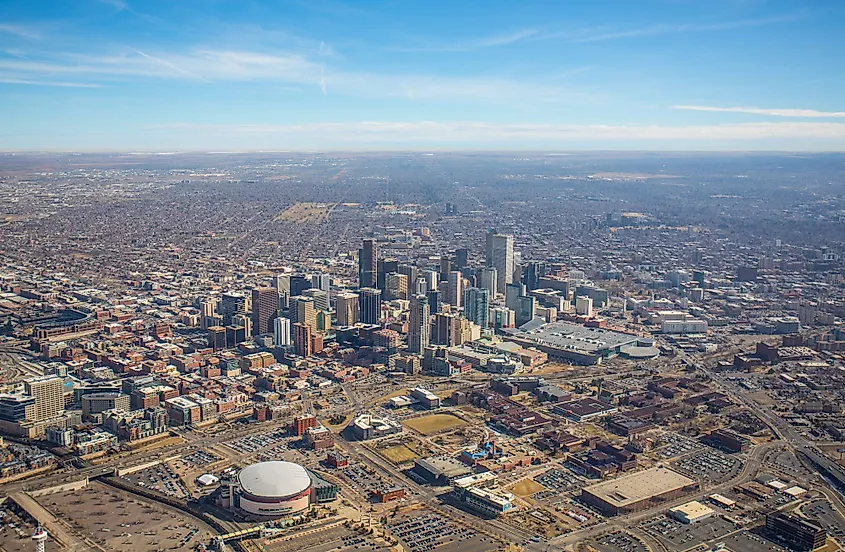
Denver is a large consolidated city and county situated in the eastern portion of Colorado in the Southwestern United States. The city is located on a high rolling plain about 19km east of the foothills of the Colorado Front Range, which is a part of the Rocky Mountains. The spectacular view around the city incorporates about 140 miles of mountains, including about 200 peaks. Downtown Denver is located just to the east of the confluence of the South Platte River and Cherry Creek in the center of the Front Range Urban Corridor. Elevation throughout the city ranges between 1,560 to 1,730m. The City and County of Denver cover a total area of 400.739 sq. km, of which 4.276 sq. km is covered by water, and 396.463 sq. km is occupied by land. The 105th meridian west passes through the city near Denver Union Station.
According to the Köppen climate classification, Denver experiences a semi-arid climate with four distinct seasons. Weather in the mountain region can always prove volatile, with microclimates in the nearby areas. Summers are warm to hot, with sudden thunderstorms fairly common in the afternoons. The average daytime high is 89.9 °F during July, the year's warmest month. For 38 days of the year, the temperature reaches 90 °F or higher, occasionally up to 100 °F. Winters feature changeable weather that alternates between cold and snowy periods and milder weather due to the Chinook winds that come from the mountains. Daily highs average about 44 °F during December, the coldest month, but winter daytime highs can range from over 60 °F to well below 32 °F (freezing). Snowfall is common from late fall until early spring, with an average of 53.5 inches annually.
History Of Denver
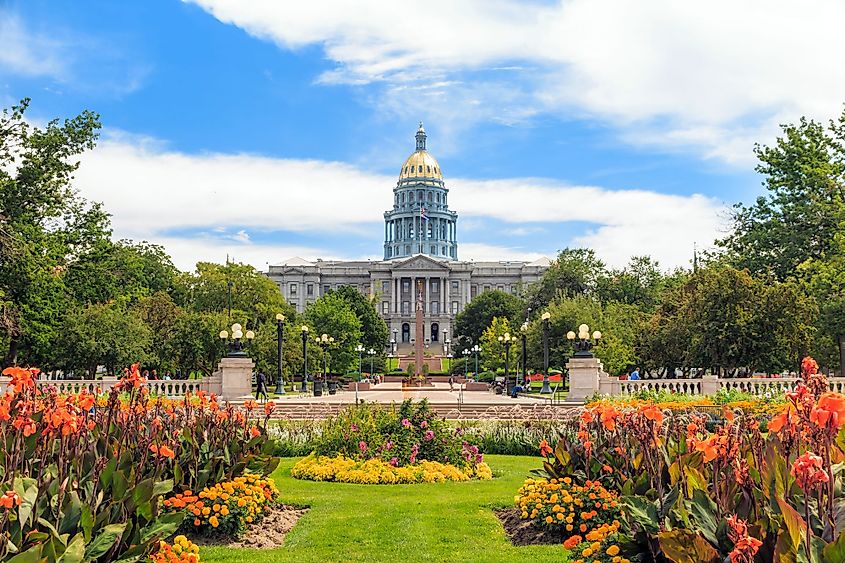
Modern Denver was part of Cheyenne and Arapaho territory in the 1851 Treaty of Fort Laramie. In 1858, however, gold was discovered in the Rocky Mountains, attracting a wave of settlers. The first settlement by white settlers was established on the South Platte River in 1858. It was short-lived to be replaced by Auraria and St. Charles on either side of Cherry Creek. A man by the name of William Larimer, Jr., jumped the St. Charles claim and named it Denver after James W. Denver, governor of the Kansas Territory. Fueled by the Pikes Peak gold rush, the town grew, and Denver City and Auraria consolidated in 1860. Colorado Territory was established the following year, and Denver City became Denver. A fire swept through the city in 1863 and was followed a year later by a flash flood. The native Cheyenne and Arapaho fought back against the encroaching development, but on February 18, 1861, the Treaty of Fort Wise ceded about 90% of their territory, including the portion where Denver is located. The Colorado Territory was created ten days later. Arapahoe County was formed later that year, and Denver City was incorporated on November 7, 1861. The Cheyenne and Arapahoe were forced out of Colorado in 1867 by the so-called Medicine Lodge Treaty. Denver became the territorial capital the same year. The transcontinental railroad passed about 100 miles from Denver when it was constructed. Territorial Governor John Evans and others raised funds to complete a local link. The Denver Pacific link to the transcontinental line was completed in 1870 and brought a new level of prosperity to the city as it took on the role of a center for supplies and services for the vast region around it. The city grew in size along with its fortunes, attracting both new millionaires and poorer neighborhoods where the crime was rampant. During the late 1800s, Denver’s city government and police became corrupted by organized crime. The city and region have experienced rapid growth since the mid-20th century, driven by high-tech and service industries.
The Population And Economy Of Denver
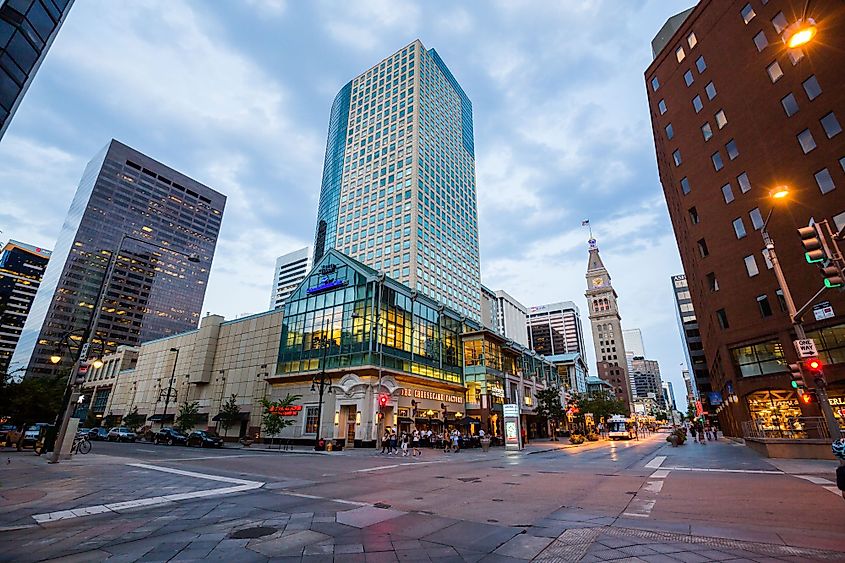
The population of Denver followed its fortunes, increasing from 4,759 in 1870 to 106,713 in 1890. Denver was attractive to new immigrants to the United States in the late 19th century, including Europeans, Chinese, and Hispanic people. After reaching a peak in about 1970, Denver’s population began to decline. A crash in oil prices contributed to the population drain in the mid-1980s. With the growth of tourism, the city regained its economic footing in the 1990s, and the city’s population surged past its 1970 high in 2000. The city of Denver counted a population of 715,522 in 2020, increasing just over 19% between 2010 and 2020. The Denver-Aurora-Lakewood Metropolitan Statistical Area population was estimated at 2,697,476 in 2013.
The railroad links transported goods such as wheat, cattle and hogs, and sugar beets. Canny business people took advantage of the traffic and turned Denver into an important center for food processing. German immigrants contributed brewery know-how to the city’s mix. Silver became an important commodity in the 1870s and 1880s, more so than gold, creating millionaires overnight. The city’s opera house was a product of that period of prosperity. When the silver markets crashed in 1893, it reversed fortunes just as suddenly. Around the same time, however, new gold reserves were discovered, and agricultural activity in the area flourished. The US Mint branch opened in Denver in 1906 and, in the modern era, produces about half the nation’s circulating coinage. It is also the second-largest gold depository in the United States. After the Second World War, defense contractors boosted Denver’s economy, a situation that continued until the 1990s. Oil production increased in the 1970s, bringing another boom to Denver and a wave of high-rise construction. Modern Denver is driven by telecommunications, aerospace, and aviation, along with finance and health care. Hydraulic fracking is a significant industry in the area. Tourism is another major contributor to the city’s finances.
Attractions In Denver
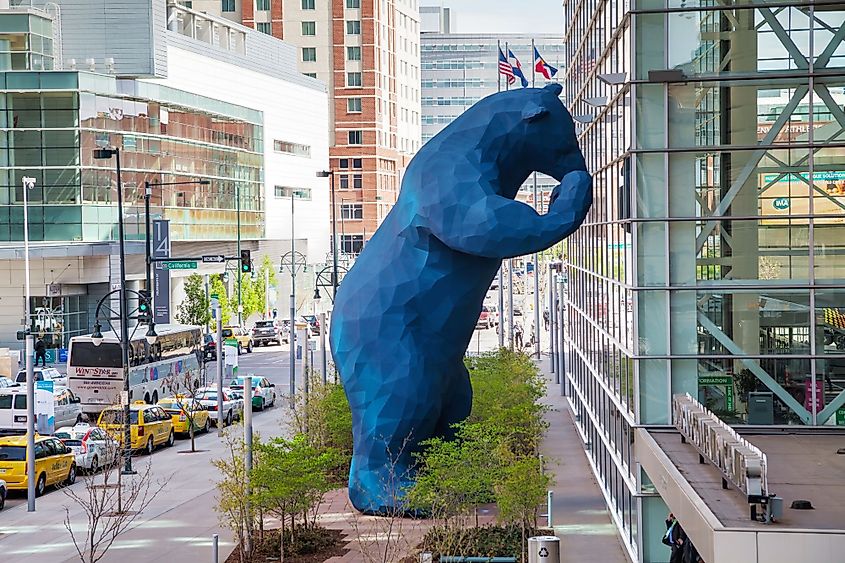
The mountains around Denver are renowned for fishing, swimming, boating in the many streams and lakes, as well as hiking and mountain climbing. The Colorado Trail, a 500-mile long hiking trail, extends between Durango and Denver, crossing mountain ranges, national forests, wilderness areas, and five river systems. It’s the ideal hub for the exploration of Colorado’s ski culture.
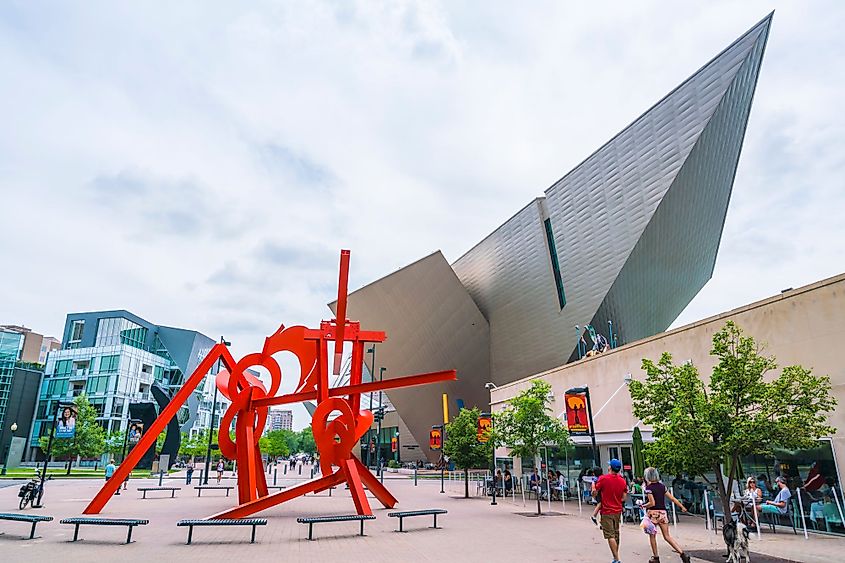
The city’s history is on display in Larimer Square, with its iconic 19th-century streetscape and places like the mansion that was once home to Molly Brown, a famous survivor of the Titanic. It’s a city of culture, with the ultramodern Denver Art Museum, MCA (Museum of Contemporary Art) Denver, and many other cultural institutions. Red Rocks Park and Amphitheatre is renowned for its atmospheric location in the foothills.
With water vapor scarcer in the high altitude, there are an average of 300 sunny days (3,100 hours of sunshine) in Denver each year. It’s one of the many unique geographical features that have made the city into the sophisticated urban hub that it is today. Denver is a modern city with a past that dates back to the days of the Old West. The city’s historic nicknames speak to its role as the center for culture and business in the region – the Queen City of the Plains and the Queen City of the West.
